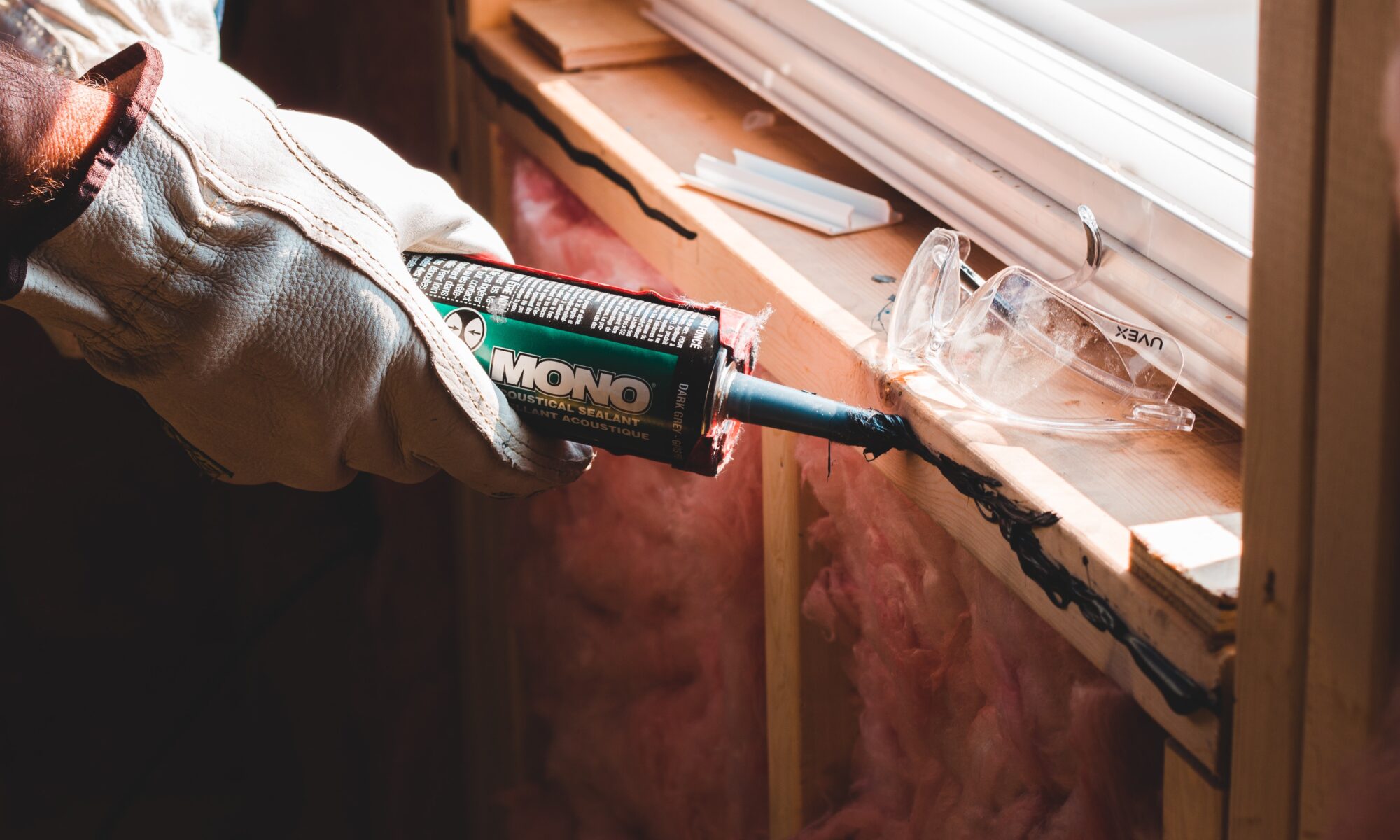Unlocking Real Estate Potential: The Power of the Fix and Flip Loan
The journey of real estate investing is often akin to uncovering hidden gems. At the heart of this adventure lies the enticing strategy of fix and flip, where investors seek out properties that, with a bit of care and creativity, can be transformed and resold for a significant profit. Central to this strategy’s success is the financial vehicle known as the “fix and flip loan – no changes needed”, a tool that empowers investors to purchase and renovate properties without the burden of immediate, out-of-pocket expenses.
Understanding Fix and Flip Loans
Fix and flip loans are designed for real estate investors who need to finance both the purchase of a property and the cost of renovations. Unlike traditional mortgage loans that often require a property to be in good condition, fix and flip loans accommodate the unique needs of properties that require repairs, renovations, or full-scale remodeling before they are ready to hit the market again.
The Ideal Candidate for a Fix and Flip Loan
Not every investor is well-suited for a fix and flip loan. Ideal candidates are those with a vision for potential in undervalued or dilapidated properties, combined with the drive to manage a renovation project. Successful flippers often have a deep understanding of the real estate market, construction costs, and timelines. For these individuals, a “fix and flip loan – no changes needed” is the perfect fit, providing the flexibility required to turn real estate visions into profitable realities.
Loan Features and Advantages
A fix and flip loan comes with unique features tailored to the flipping process. These loans are typically short-term, often ranging from six months to a few years, and are interest-only, meaning the borrower pays only the interest on the loan during the term, with the principal due at the end.
The primary advantage is the ability to obtain financing quickly, a crucial factor in the time-sensitive world of property flipping. Moreover, the loan amount usually covers not just the purchase price but also the renovation costs, allowing investors to reserve their cash for other investments or unforeseen expenses.
Application and Approval Process
Securing a fix and flip loan usually requires a detailed proposal that outlines the purchase price of the property, estimated renovation costs, and the projected after-repair value (ARV). Lenders will assess the risk based on the investor’s experience, creditworthiness, and the feasibility of the project. A strong proposal can fast-track the approval, getting funds into the hands of investors when they need them most.
Navigating Risks and Challenges
While a “fix and flip loan – no changes needed” offers numerous benefits, it is not without risks. The most significant is the possibility of unforeseen renovation challenges that can inflate costs and delay timelines. To mitigate risks, savvy investors will conduct thorough property inspections, budget for contingencies, and work with reliable contractors who can deliver quality renovations on schedule.
The Financial Implications
fix and flip loan s, with their higher interest rates compared to traditional mortgages, demand a clear financial strategy. Investors must calculate the potential return on investment (ROI) after accounting for the purchase price, renovation costs, holding costs, and loan expenses. The goal is to ensure that the final sale price will not only cover these expenses but also generate a healthy profit margin.
The Role of Market Knowledge
Success in fix and flip ventures is deeply intertwined with understanding the local real estate market. Investors must identify up-and-coming neighborhoods, gauge buyer preferences, and anticipate market trends to maximize the value of their flips. A property renovated in alignment with the latest market demands is more likely to sell quickly and at a higher price.
Exit Strategies and Long-Term Planning
While the primary goal of a fix and flip is to sell the property for a profit, investors should always have multiple exit strategies in place. Should the market shift unfavorably, options such as renting the property or refinancing to a long-term mortgage can provide alternative paths to profitability.
Long-term planning is equally critical. Successful fix and flip investors not only focus on individual projects but also on how each fits into their broader investment portfolio and goals. This holistic view ensures that each flip contributes to achieving long-term financial stability and growth.
Conclusion: The Transformative Impact of Fix and Flip Loans
In the end, a fix and flip loan is much more than a financial tool; it is a catalyst for transformation. For the dedicated real estate investor, the impact of a “fix and flip loan – no changes needed” can be profound, offering the means to revitalize properties, uplift communities, and build wealth.
As with any investment, fix and flip loans carry risks that must be carefully managed. However, for those with the expertise, vision, and drive, these loans provide an unparalleled opportunity to turn real estate potentials into lucrative investments. Whether you’re just starting out or are an experienced flipper, a fix and flip loan could be the key to unlocking the next level of your real estate investing journey.

